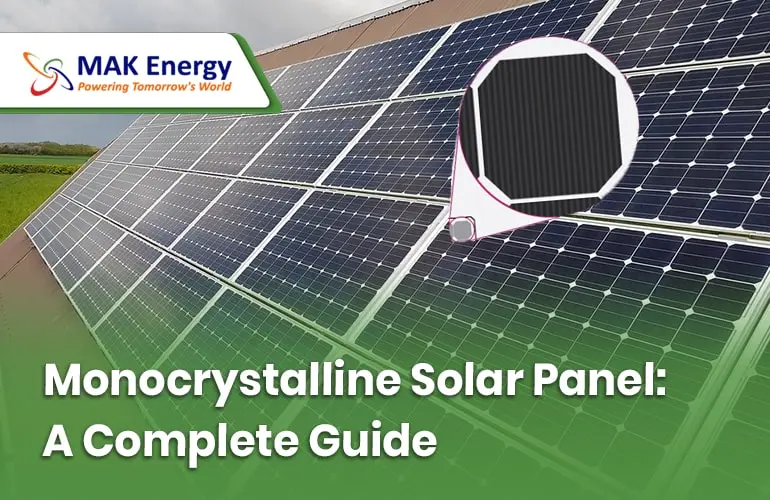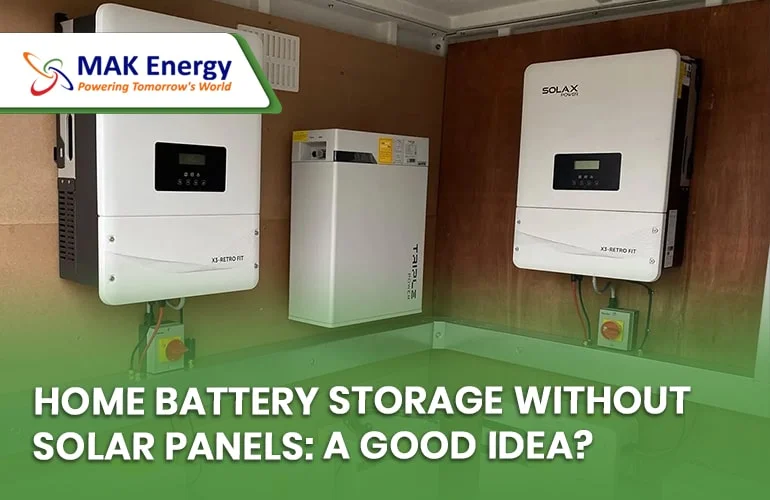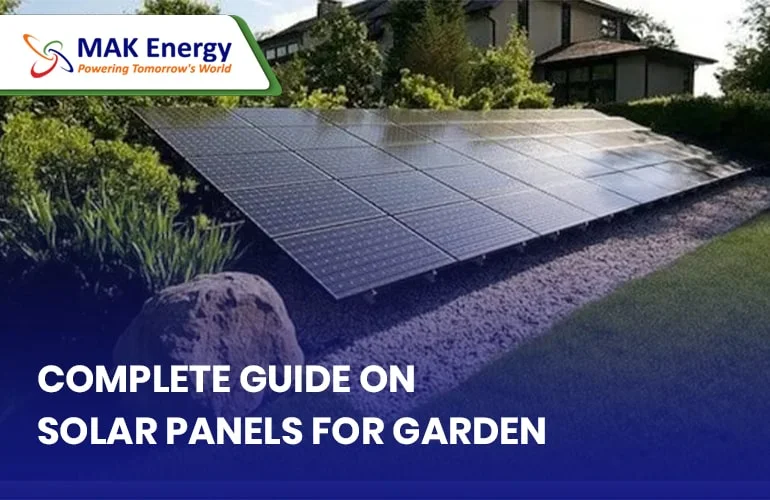Monocrystalline solar panels are tremendously popular and the go-to-choice for many, owing to their high efficiency, reliability, low-temperature coefficient, and longer lifespan. However, they are comparatively more expensive than other types of panels available on the market.
There are other solar panel types that also work well for domestic solar energy systems, such as Polycrystalline and narrow panels. Though the narrow solar panels come in sizes ranging from 100 w solar panel to 200 watts, they are a perfect solution for curved roofs as they come with a bending feature. And for now, their availability is very rare, and you would not often see that type of solar panels installed on roofs. On the other hand, the mono panels are the most efficient cells and are widely used for both domestic and commercial applications.
Saving money and protecting the environment have always been top priorities for many of us. If that’s the case, why hesitate to switch to a renewable energy source that’s not only more accessible but also affordable? It’s time to take a bold step, and MAK Energy is just a call away, ready to help you break free from fossil fuels and the costly methods of electricity production.
Mono crystalline Solar Cells
Mono solar modules are sometimes referred to as single crystalline cells. They are crafted from a very pure form of silicon, and one can easily recognize them by their sleek black appearance with clean-cut edges.
Their larger surface area allows them to capture more energy from sunlight. They are coated with silicon nitride, which further increases their ability to absorb more sunlight and produce more energy.
With a long 25-year warranty and a high efficiency rate, these panels are the top choice in town. While most mono crystalline solar panels come with a 25-year warranty, they can perform well even beyond 30 years.
How Does Monocrystalline Solar Module Work?
The working of monocrystalline panels is quite simple and it starts as the sunlight hits the surface of the panel, the photons within the light interact with the silicon atoms in the solar cell which allow electrons to liberate from their atomic bonds. These electrons then travel through the cell, allowing them to form an electric current that is collected by a wire circuit. This electron flow generates electrical energy capable of powering devices or being stored in a battery for future use.
Pros and cons of Monocrystalline solar panels
Monocrystalline have dozens of advantages over other types of solar panels but there are some drawbacks of this type of module and you should be aware of that before making any purchase.
| Pros | Cons |
| Mono modules have a higher efficiency rate of up to 25% as they are made from high-grade silicon | The initial cost is higher than that of other solar modules available in the market |
| Using a very low space, they generate high energy output | They are made from very fragile components, so there is always a risk of damage during installation |
| Longer lifespan with More than 25 years of performance warranty | They start losing efficiency when a small part of the panels is covered with shadow. |
| They perform very well in low light and high temperatures. | They also experience reduced performance in low-temperature situations. |
| From their own production process to producing energy, their entire evolution process is environmentally friendly. |
Monocrystalline vs Polycrystalline solar panels
The main difference between Monocrystalline and Polycrystalline solar panels is that Monocrystalline solar panels are made of a single silicon crystal cell, and Polycrystalline panels are made by melting multiple fragments of silicon together to form the wafer for the panel. It’s important to note that both mono and poly panels have the same fundamental role within a solar PV system: they efficiently capture sunlight and convert it into electricity.
The differences between mono crystalline and polycrystalline are mentioned in the following table:
| Parameters | Monocrystalline | Polycrystalline |
| Efficiency | High | Low |
| Cost | High | Low |
| Performance | Performs better even in low light | Low efficiency in cloudy weather |
| Space | Occupies less rooftop space | Takes more space |
| lifespan | Up to 25 years | Up to 25 Years |
| Temperature Coefficient | High | Low |
| Appearance | Black Color Panels | Bluish Color Panel |
| Key Manufacturers | Longi, Jinko, JA, Canadian | Trina, JA, Sunpower |
How Much Do Solar Panels Monocrystalline Cost?
The cost of installing monocrystalline panels in the UK depends on the product quality, efficiency rate, product brand, and warranty. However, it’s worth noting that monocrystalline solar panels are generally more expensive than polycrystalline solar panels in the UK.
While mono comes with a higher price tag, the benefits they offer are remarkable. They enable you to generate more clean and green energy, all while saving both money and the environment.
Summary
Monocrystalline solar panels in the UK are renowned for their exceptional efficiency and impressive lifespan, which can extend up to 30 years. Moreover, their outstanding heat resistance makes them a top choice, especially in regions with frequent cloud cover. In terms of aesthetics, mono modules sport a sleek black color that harmonizes well with the look of most homes. However, it’s important to note that this premium appearance comes at a higher cost compared to other solar panel options.





